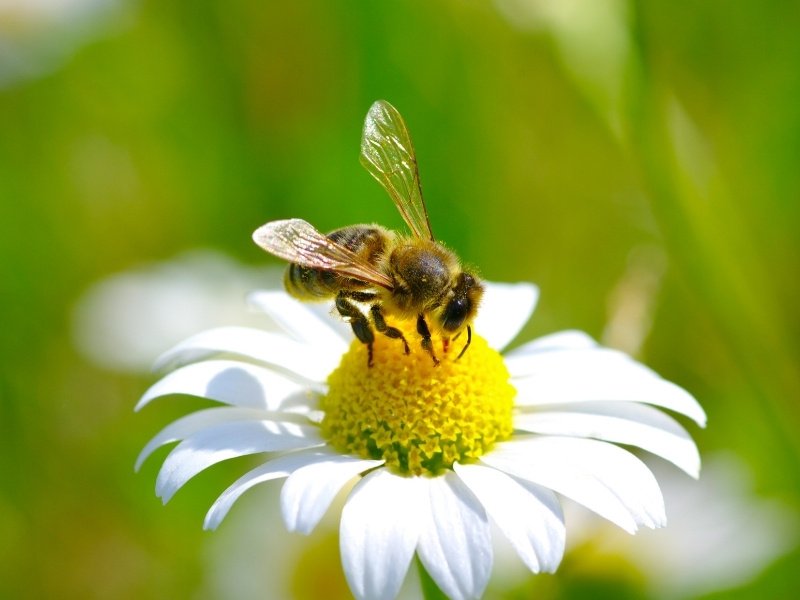Pyrethrins are natural insecticides derived from the flowers of the chrysanthemum plant. They are widely used in pest control due to their effectiveness against various insects, including mosquitoes, flies, and agricultural pests.
However, while pyrethrins are often praised for their rapid action and relatively low toxicity to humans and pets, it is vital to consider both their advantages and potential drawbacks. This blog post aims to provide a fair and balanced take on the safety of pyrethrins for pest control applications.
Uses and Benefits of Pyrethrins
One of the most significant benefits of pyrethrins is their fast-acting nature. When applied, they rapidly disrupt the nervous systems of insects, leading to quick paralysis and death. This makes them a favorable option for those seeking immediate results in controlling pest populations.
Moreover, due to their natural origins, pyrethrins are often favored in organic farming practices, aligning with the increasing consumer demand for environmentally friendly pest control solutions.
Another advantage is that pyrethrins typically have lower toxicity levels for humans and pets compared to synthetic insecticides. When used according to label directions, pyrethrins pose minimal risks to non-target organisms. Additionally, they break down quickly in the environment, reducing the likelihood of long-term ecological impact.
Risks and Negative Side Effects of Pyrethrin
Despite the numerous benefits, there are valid concerns regarding the use of pyrethrins. One significant issue is their potential impact on beneficial insects, such as pollinators. Although pyrethrins may target specific pests, they can inadvertently harm bees and other non-target species, disrupting ecosystems and agricultural productivity.

Furthermore, overreliance on pyrethrins can lead to resistance among pest populations. Insects adapted to survive pyrethrin exposure may proliferate more quickly, resulting in a cycle where higher concentrations are needed for effective control. This could ultimately lead pest control practitioners to revert to more harmful synthetic insecticides.
Additionally, some individuals may experience allergic reactions to pyrethrins when exposed to treated areas. Symptoms can range from skin irritations to respiratory issues, making it essential for applicators and bystanders to take appropriate precautions during treatment.
Symptoms of Pyrethrin Poisoning
On a side note, we purposefully avoided pyrethrin as an ingredient when formulating Defensive End! BLITZ for these reasons, especially the potential negative effect on pollinators and skin irritation with users.
Conclusion: A Balanced View on Pyrethrin Use
In conclusion, while pyrethrins offer several benefits as a natural insecticide, it is crucial to approach their use with careful consideration of potential pyrethrin risks. Their rapid effectiveness and lower toxicity make them appealing for pest control, but awareness of their impact on beneficial insects and the risk of pest resistance is necessary.
Ultimately, when implemented responsibly and judiciously, pyrethrins can be part of an effective integrated pest management strategy that balances human safety with environmental health.



Leave a Reply